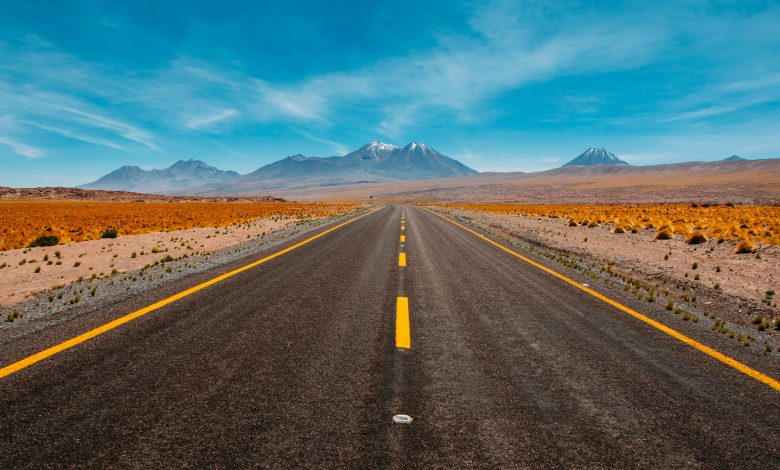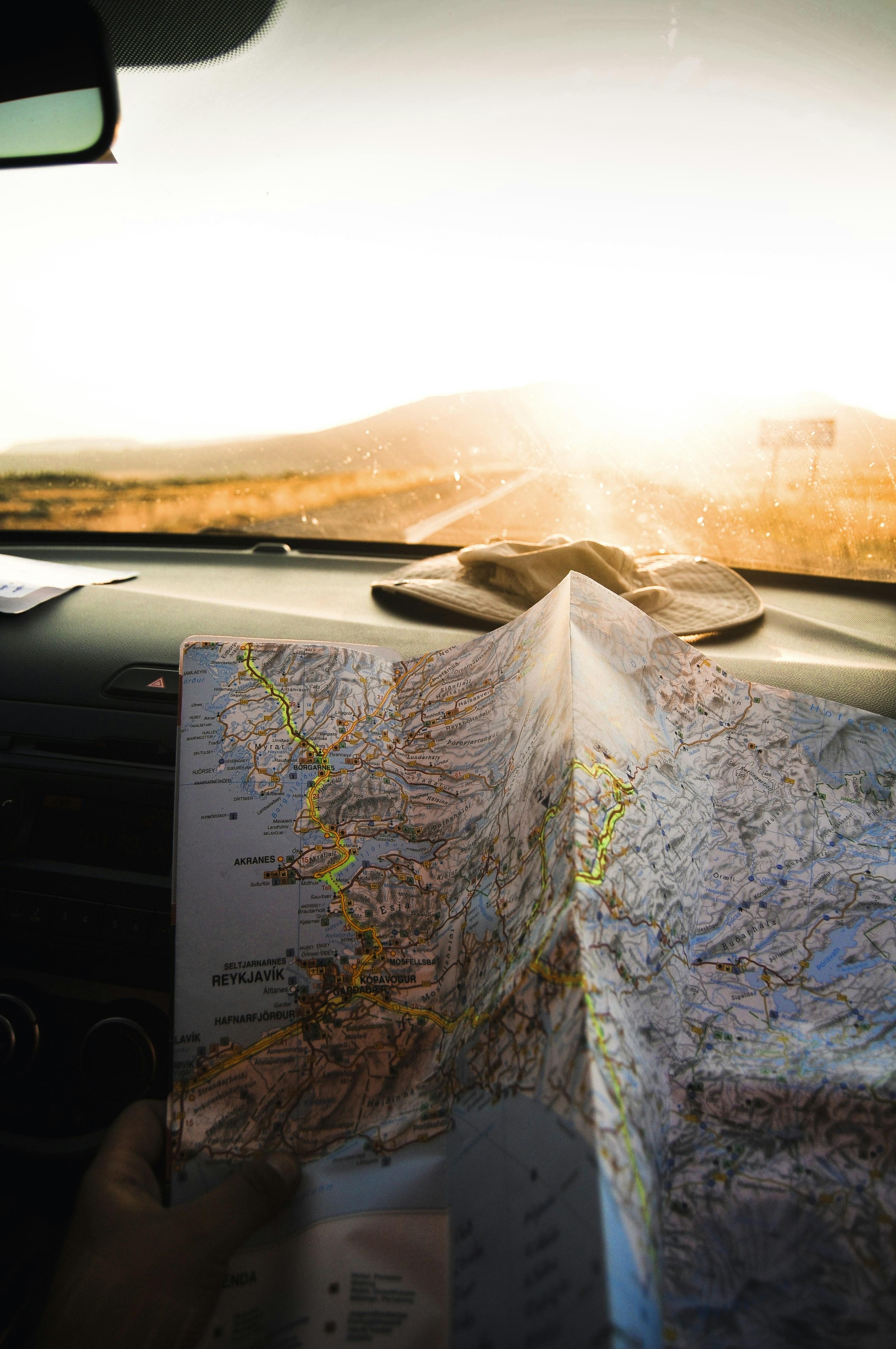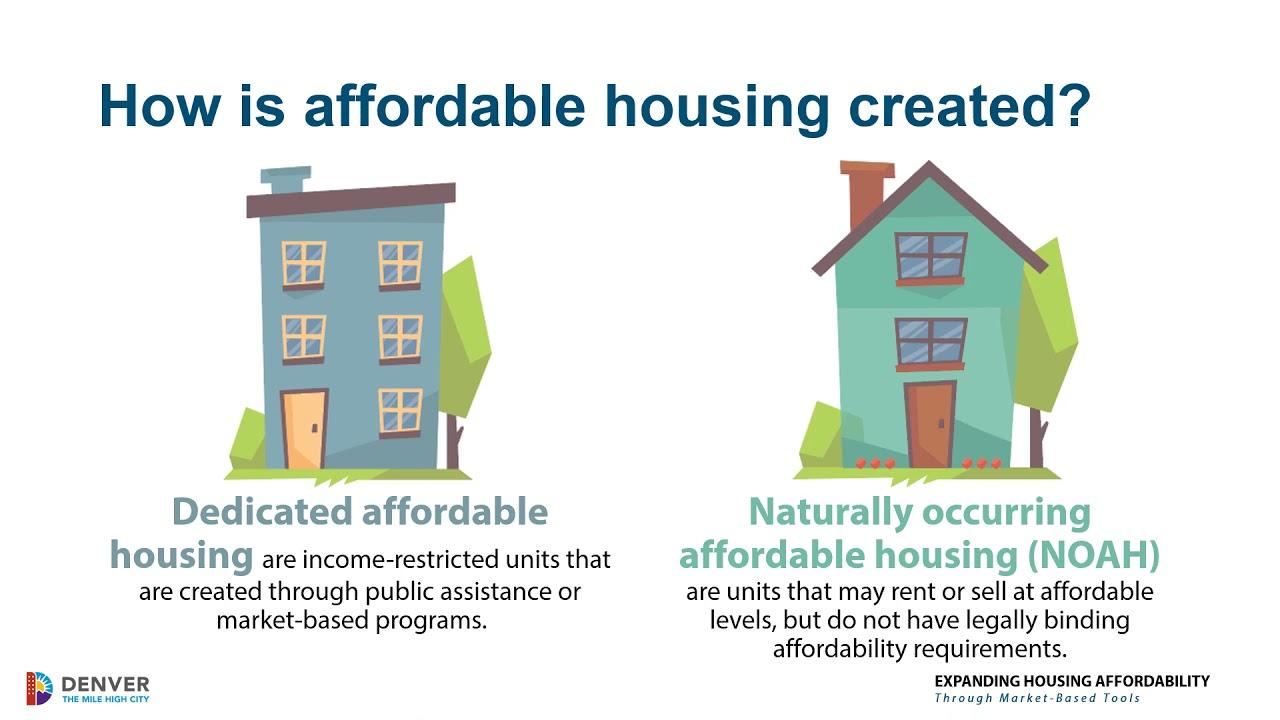
Planning a road trip is an exciting opportunity to explore new destinations, experience diverse cultures, and create lasting memories. However, the costs associated with travel can quickly add up, making it essential to approach your adventure with a strategic mindset. Whether you’re a seasoned traveler or embarking on your first journey, understanding how to plan a road trip on a budget can open up a world of possibilities without breaking the bank. This guide will provide you with practical tips and insights to help you organize an affordable road trip, from selecting the right route and accommodation to managing expenses on the road. By prioritizing smart planning and resourceful choices, you can enjoy the freedom of the open road while staying within your financial limits.
Choosing the Right Vehicle for Fuel Efficiency
When planning a budget-friendly road trip, fuel efficiency is a key consideration in selecting the ideal vehicle. Opting for a car that balances performance with economy can lead to significant savings. Consider these factors when choosing your ride:
- Size and Weight: Smaller, lighter vehicles typically consume less fuel. While SUVs and trucks might offer more space, a compact car or sedan is often more fuel-efficient.
- Engine Type: Vehicles with hybrid or electric engines offer substantial fuel savings. If these aren’t options, look for cars with smaller, turbocharged engines that deliver better mileage.
- Aerodynamics: Cars with sleek designs and reduced drag consume less fuel. Avoid models with roof racks or bulky accessories that increase wind resistance.
- Transmission: Manual transmissions often provide better fuel efficiency than automatic ones. However, modern automatic transmissions with more gears can also be efficient.
Remember, a well-chosen vehicle not only cuts down on fuel costs but also reduces your carbon footprint, making your road trip both economical and environmentally friendly.

Mapping Out Cost-Effective Routes and Stops
When planning a budget-friendly road trip, the first step is to meticulously chart your journey using digital tools like Google Maps or specialized apps like Roadtrippers. These tools allow you to visualize your route and pinpoint the most cost-effective paths. Opt for routes that minimize toll roads and heavy traffic, as these can increase fuel consumption and add unexpected expenses. To ensure you’re maximizing savings, leverage apps that provide real-time traffic updates and alternative routes.
While planning your stops, consider locations that offer multiple attractions or amenities in one area. This can help reduce unnecessary detours and fuel costs. Here are a few tips to keep in mind:
- Choose rest stops with free facilities, such as public restrooms and picnic areas, to avoid extra charges.
- Research accommodations that offer complimentary breakfast or parking to further trim down expenses.
- Visit local tourism websites for discounts on attractions or events along your route.
By thoughtfully selecting your route and stops, you can significantly cut down on travel expenses while still enjoying the adventure of the open road.

Finding Affordable Accommodation Options
When embarking on a road trip, finding a place to rest your head without breaking the bank can make all the difference. Start by exploring campgrounds and RV parks if you’re open to a more rustic experience. These can often provide a budget-friendly option and a chance to enjoy nature. Websites like Reserve America or Recreation.gov are great resources to find affordable spots. For those seeking more comfort, consider using hostel booking platforms such as Hostelworld or Hostelbookers, which offer shared accommodations at a fraction of the cost of hotels.
Another excellent approach is to tap into the sharing economy. Home-sharing platforms like Airbnb and Vrbo can offer unique stays, often with the possibility of negotiating longer-term rates. Don’t overlook couchsurfing communities either, where you can connect with locals offering free stays in exchange for cultural exchange and camaraderie. Lastly, always be on the lookout for last-minute hotel deals using apps like HotelTonight, which can offer significant discounts on unsold rooms. By mixing these strategies, you can ensure a comfortable and affordable road trip experience.

Packing Smart to Save on Road Trip Expenses
When you’re gearing up for a road trip, being strategic about packing can lead to significant savings. Packing smartly not only ensures you have everything you need but also helps in avoiding unnecessary expenses on the road. Here are some tips to help you pack efficiently:
- Plan Your Outfits: Select versatile clothing that can be mixed and matched, reducing the need to pack excessively. Consider the weather and pack layers instead of bulky items.
- Pack Snacks: Stock up on non-perishable snacks like nuts, granola bars, and dried fruits. This minimizes stops at convenience stores and reduces impulse buying.
- Use Space Wisely: Roll your clothes to save space and use packing cubes to keep things organized. This helps in maximizing your trunk space, allowing you to pack more essentials.
- Bring a Cooler: Having a cooler on hand lets you store homemade meals and drinks, cutting down on dining costs.
- Essential Gadgets: Don’t forget a portable phone charger, GPS, and a first-aid kit. These gadgets and supplies can save you from unexpected purchases or emergencies.
By focusing on these packing strategies, you’ll be able to cut down on costs and enjoy a smoother, more economical journey.



